 Important information from the Early Years Hub to help refresh your Paediatric First Aid knowledge. In this blog we will consider compliance, best practice and evidence for Ofsted
Important information from the Early Years Hub to help refresh your Paediatric First Aid knowledge. In this blog we will consider compliance, best practice and evidence for Ofsted
Steps to follow if a child is choking
- If the child is old enough to understand, encourage them to cough
- Phone for an ambulance
- If the child’s airway is still compromised administer back blows – a maximum of 5 initially (pic 1)
- Depending on the age of the child, administer a maximum of 5 abdominal thrusts (not for babies who are not yet walking) (pic 2 )
- If the airway is still compromised return to the start.
Throughout the procedure if the airway becomes unblocked stop immediately.
- Check the airway
- check breathing and
- administer CPR if necessary
We advocate that anyone who follows this procedure attends a Paediatric First Aid course and frequently renews their knowledge and skills in first aid as required and stated in the Early Years Foundation Stage.
What the Early Years Foundation Stage says about Paediatric First Aid.
- At least one person who has a current paediatric first aid (PFA) certificate must be on the premises and available at all times when children are present, and must accompany children on outings.
- The certificate must be for a full course consistent with the criteria set out in Annex A of the EYFS. (see below)
- Childminders, and any assistant who might be in sole charge of the children for any period of time, must hold a full current PFA certificate.
- PFA training must be renewed every three years and be relevant for workers caring for young children and where relevant, babies.
- Providers should take into account the number of children, staff and layout of premises to ensure that a paediatric first aider is able to respond to emergencies quickly.
- All newly qualified entrants to the early years workforce who have completed a level 2 and/or level 3 qualification on or after 30 June 2016, must also have either a full PFA or an emergency PFA certificate within three months of starting work in order to be included in the required staff:child ratios at level 2 or level 3 in an early years setting.
- Providers should display (or make available to parents) staff PFA certificates or a list of staff who have a current PFA certificate.
Annex A – Criteria for effective PFA training
- Training is designed for workers caring for young children in the absence of their parents and is appropriate to the age of the children being cared for.
- Following training an assessment of competence leads to the award of a certificate.
- The certificate must be renewed every three years.
- Adequate resuscitation and other equipment including baby and junior models must be provided, so that all trainees are able to practice and demonstrate techniques.
- The emergency PFA course should be undertaken face-to-face and last for a minimum of 6 hours (excluding breaks) and cover the following areas:
- Be able to assess an emergency situation and prioritise what action to take
- Help a baby or child who is unresponsive and breathing normally
- Help a baby or child who is unresponsive and not breathing normally
- Help a baby or child who is having a seizure
- Help a baby or child who is choking
- Help a baby or child who is bleeding
- Help a baby or child who is suffering from shock caused by severe blood loss (hypovolemic shock)
- The full PFA course should last for a minimum of 12 hours (excluding breaks) and cover the areas set out in paragraph 5 of the EYFS as well as the following areas:
- Help a baby or child who is suffering from anaphylactic shock
- Help a baby or child who has had an electric shock
- Help a baby or child who has burns or scalds
- Help a baby or child who has a suspected fracture
- Help a baby or child with head, neck or back injuries
- Help a baby or child who is suspected of being poisoned
- Help a baby or child with a foreign body in eyes, ears or nose
- Help a baby or child with an eye injury
- Help a baby or child with a bite or sting
- Help a baby or child who is suffering from the effects of extreme heat or cold
- Help a baby or child having: a diabetic emergency; an asthma attack; an allergic reaction; meningitis; and/or febrile convulsions
- Understand the role and responsibilities of the paediatric first aider (including appropriate contents of a first aid box and the need for recording accidents and incidents)
- Providers should consider whether paediatric first aiders need to undertake annual refresher training, during any three year certification period to help maintain basic skills and keep up to date with any changes to PFA procedures.
Source: Early Years Foundation Stage – Safeguarding and Welfare Requirements (2017)
What will Ofsted inspectors want to know about Paediatric First Aid in early years settings?
Inspectors will want to access relevant documentation such as, current staff list and staff qualifications, including paediatric first aid.
Leadership and Management
Under Leadership and Management Inspectors will obtain evidence of:
- the deployment of staff, taking account of their qualifications, skills and experience to work with children of different ages, including babies and toddlers
- the extent and range of completed training, including child protection, first aid and safeguarding training that fully meets statutory requirements, and its impact on improving children’s well-being
- how well the physical environment is organised to meet the needs of individual children of different ages, including for babies and toddlers where appropriate
Source: Early Years Inspection Handbook – Ofsted (2018)
Early Years Hub delivers a variety of training courses including Paediatric First Aid. More details can be found on our website at www.earlyyearshub.co.uk
Early Years Hub works in partnership with Butterfly Print

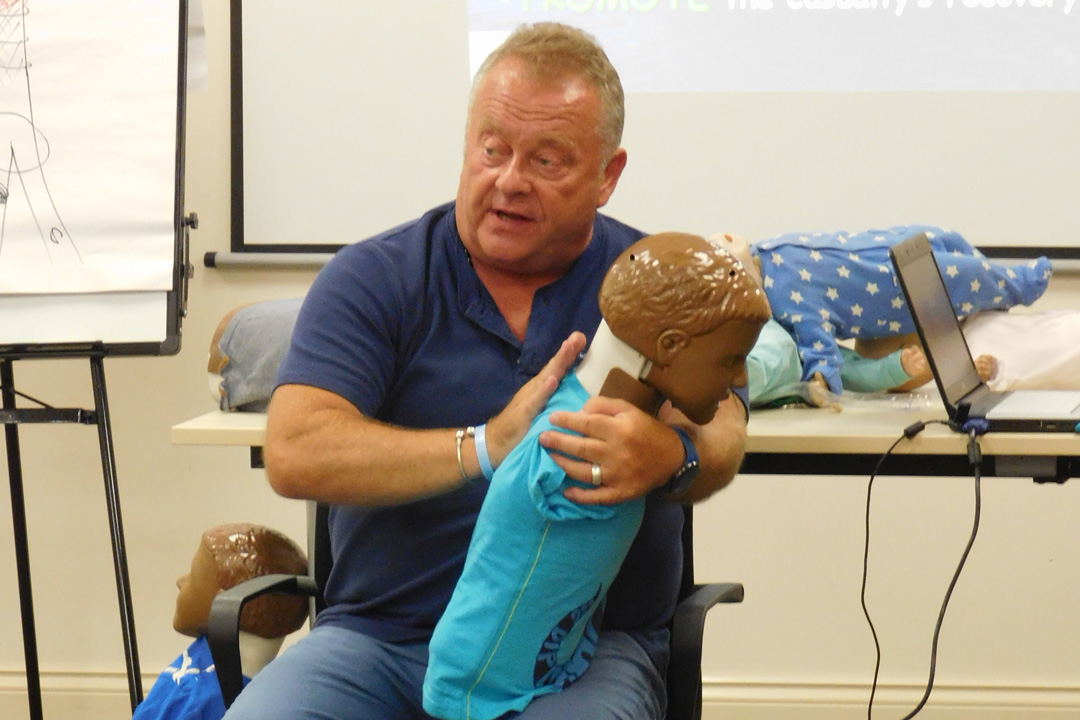


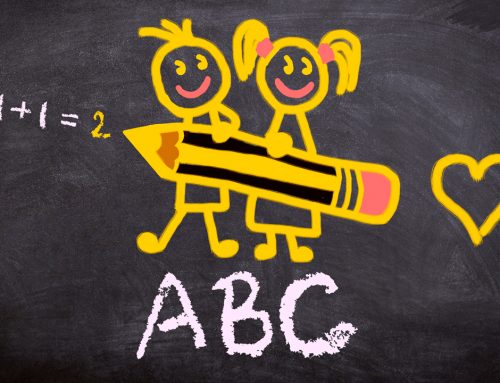
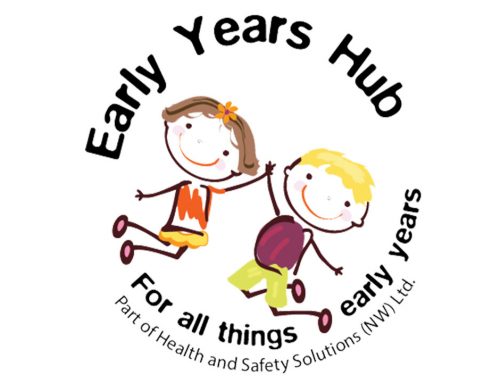


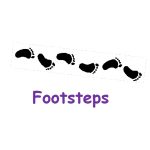
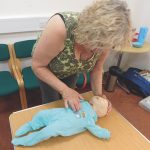








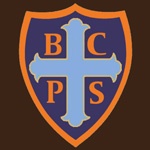







Leave A Comment